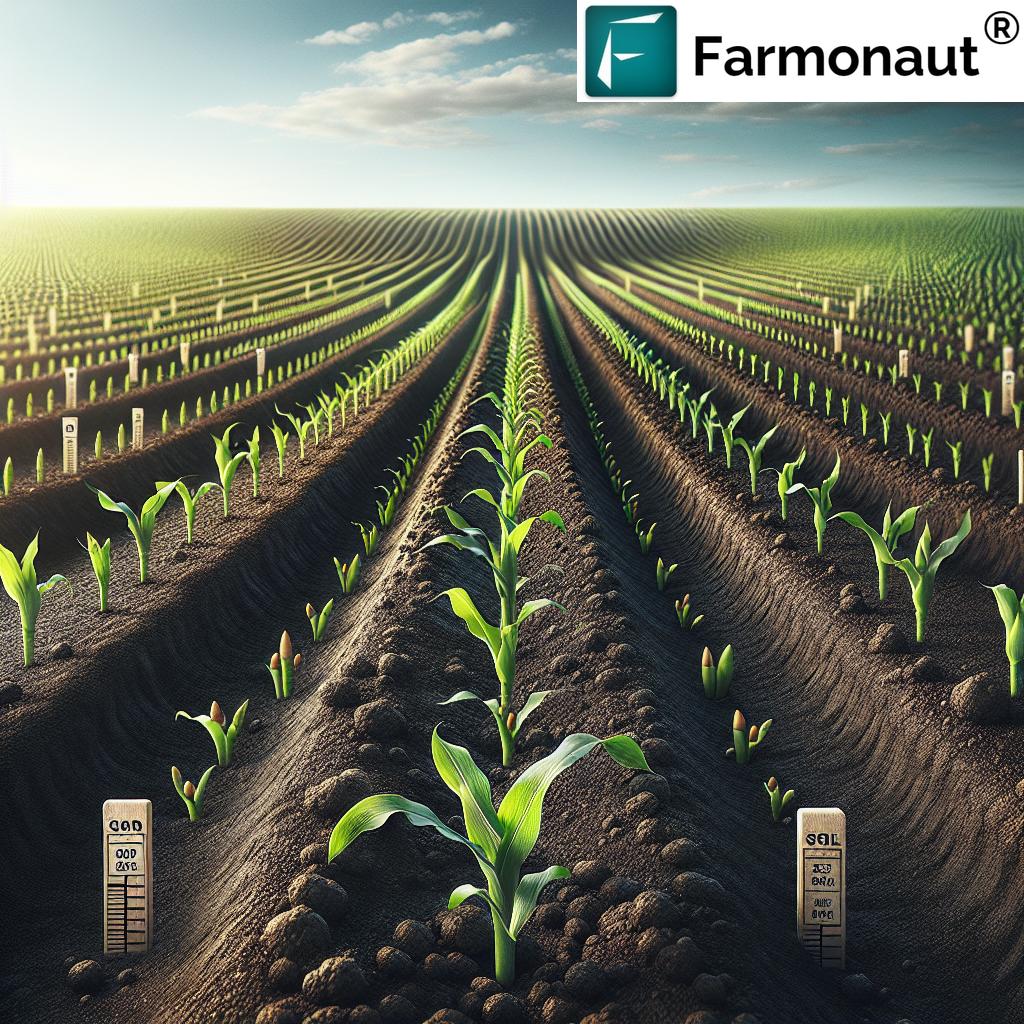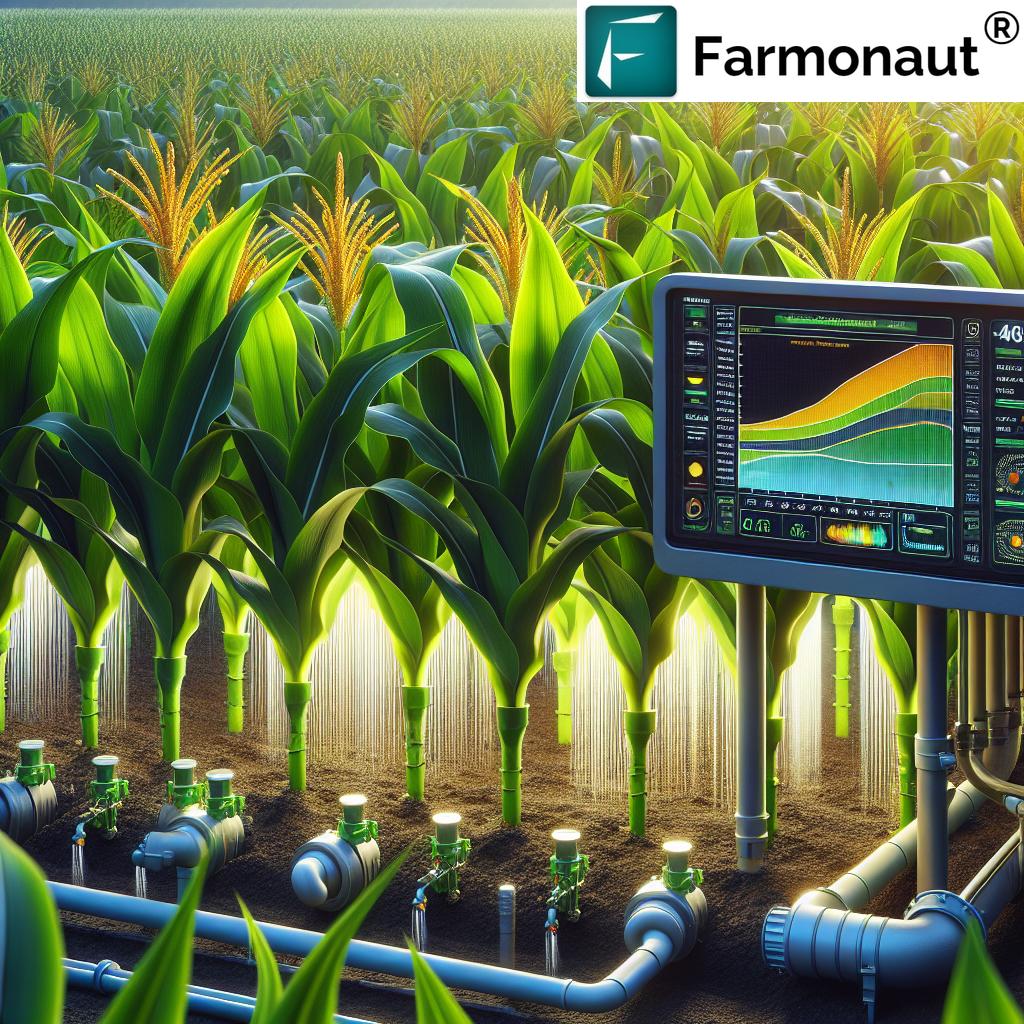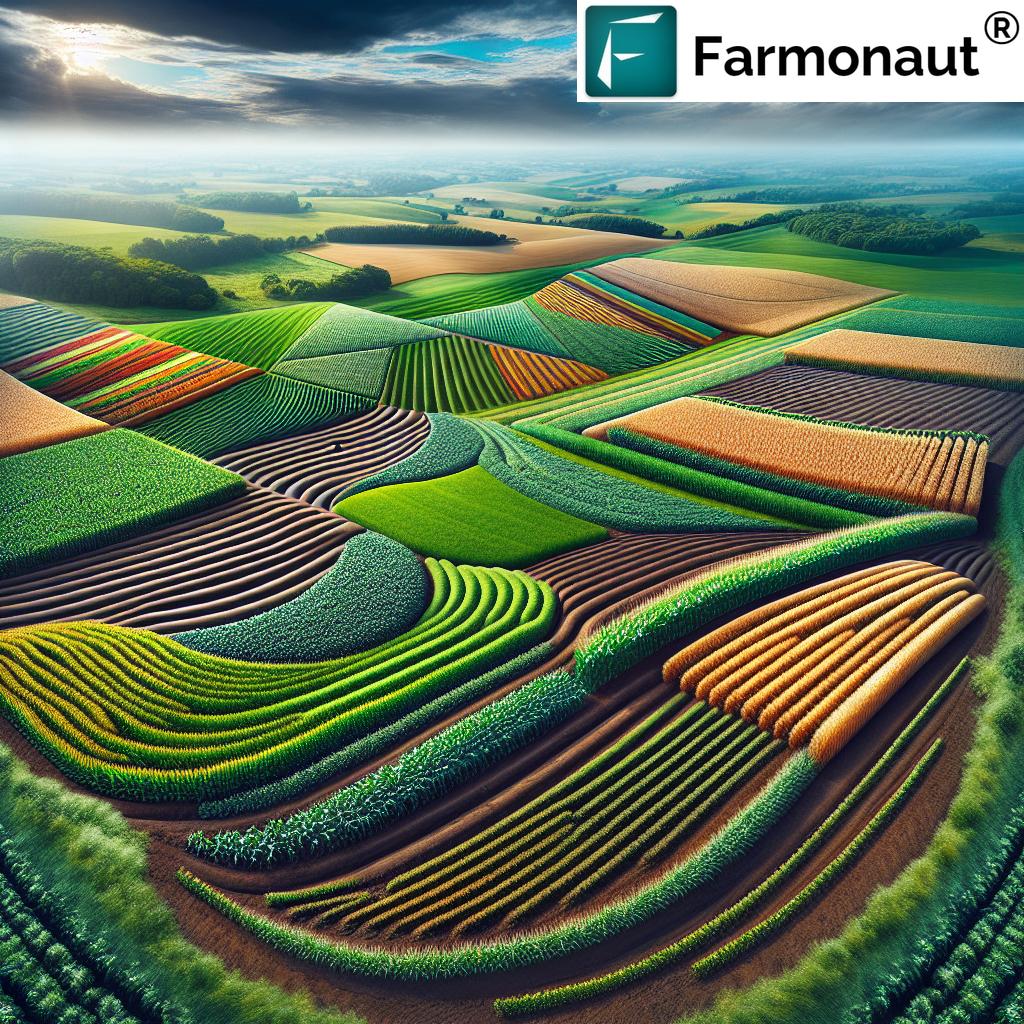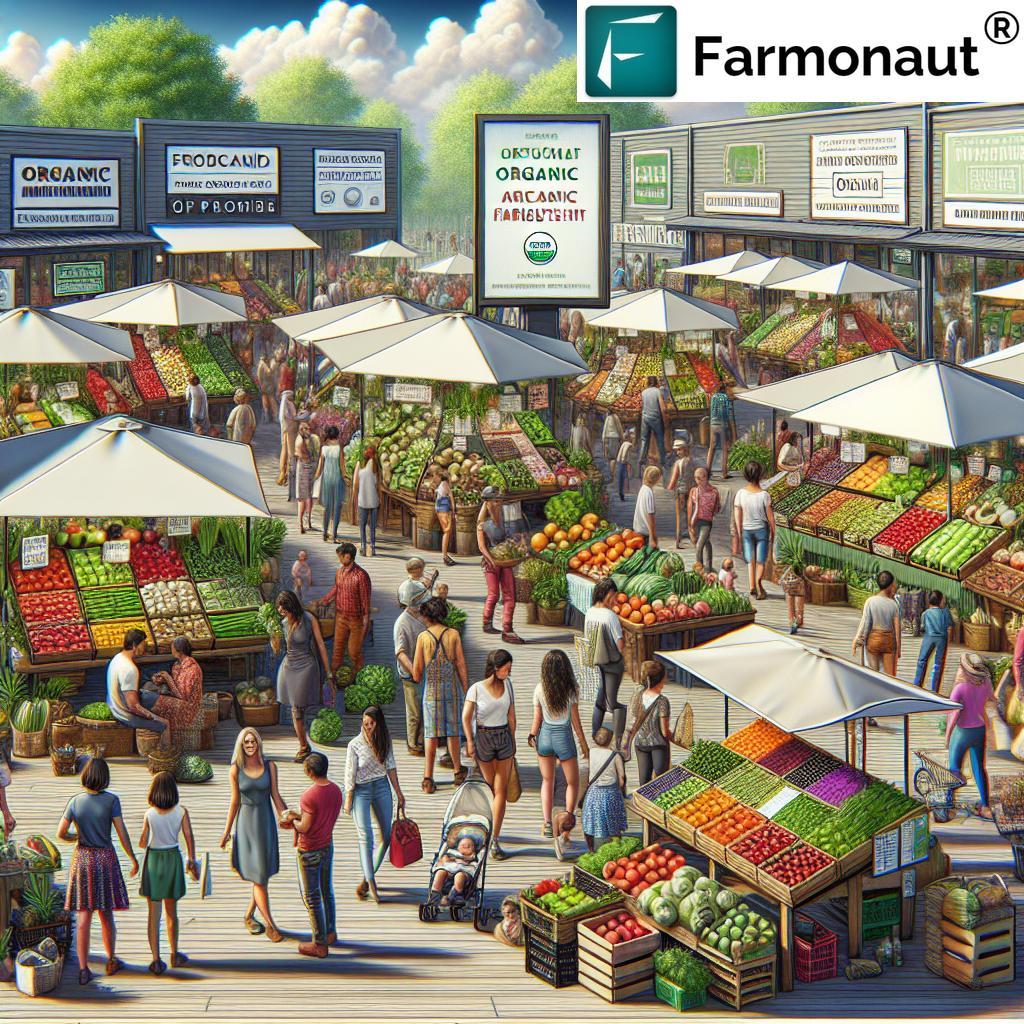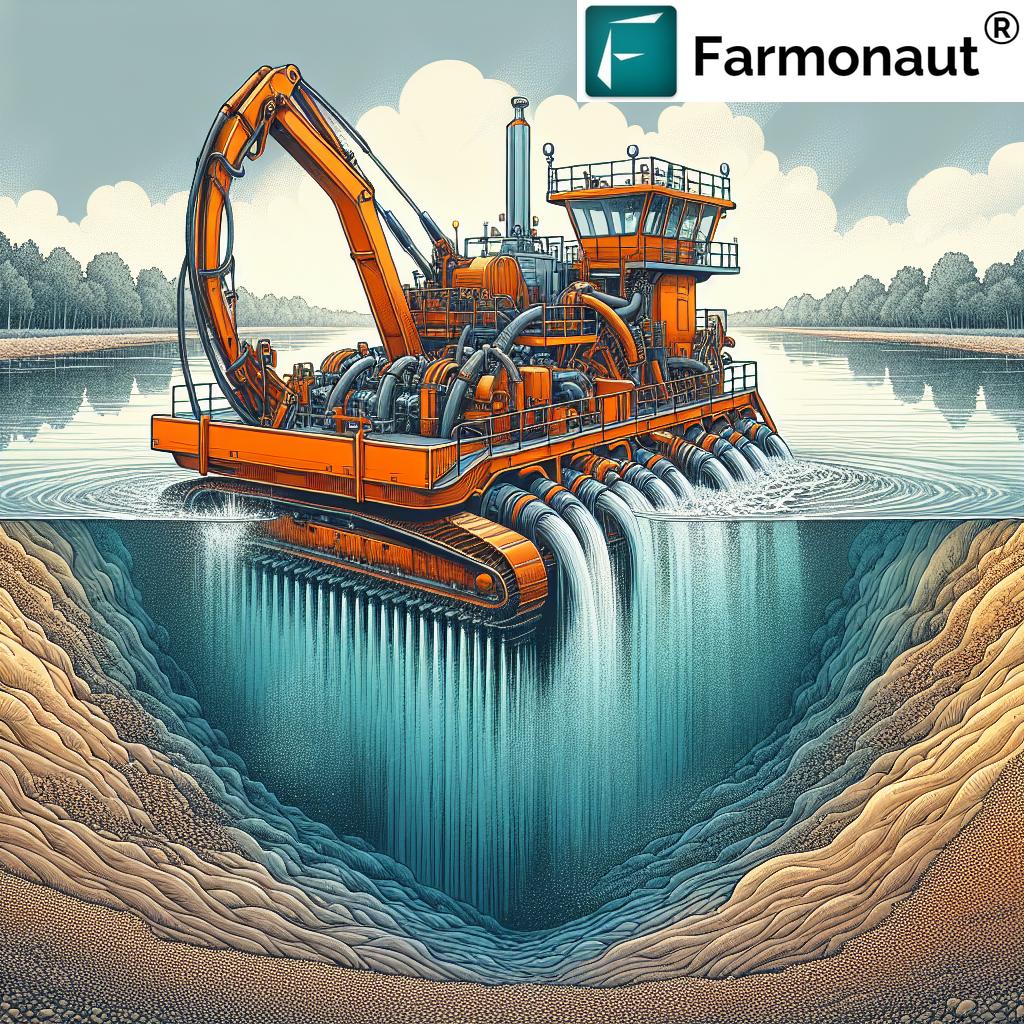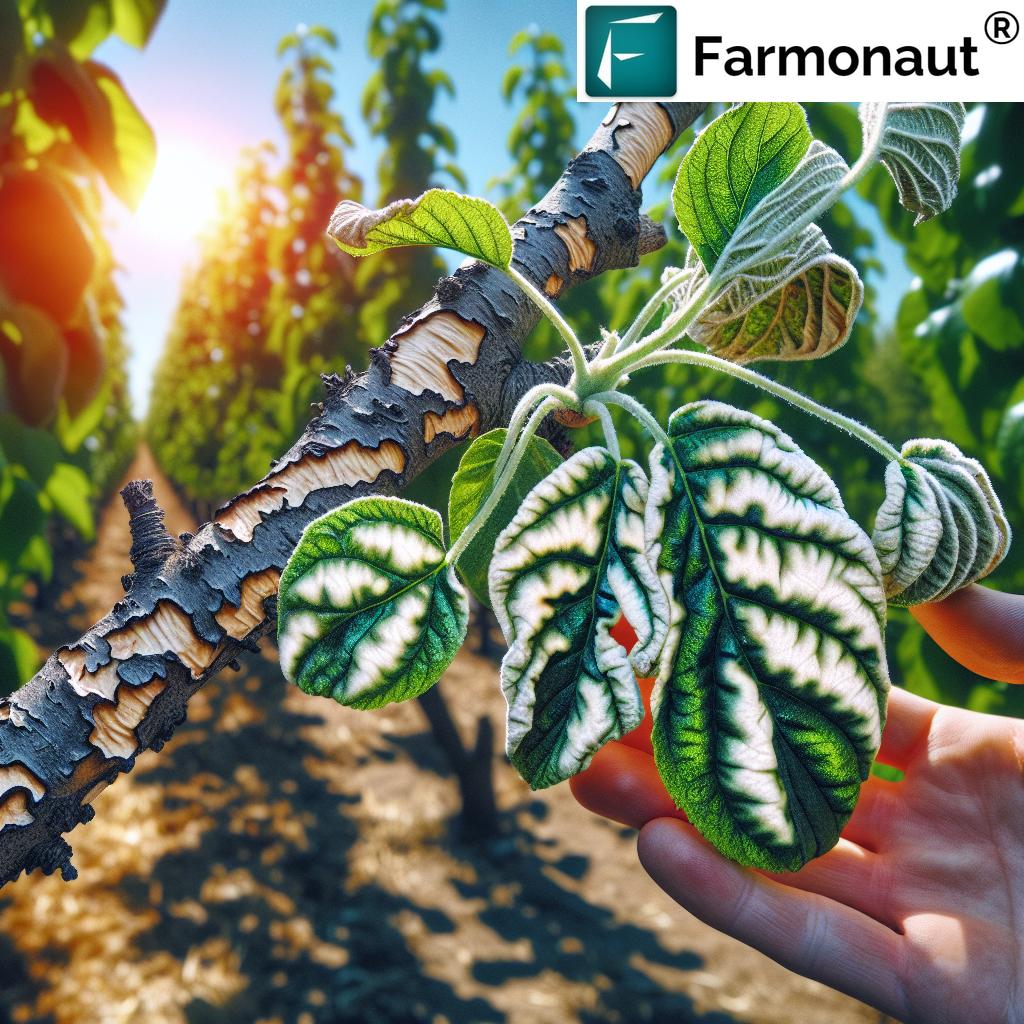Optimum Corn Cultivation: 7 Shocking Yield Secrets!
“Precision planting can boost corn yields by up to 15% compared to traditional methods.”
Introduction: Corn’s Place in Global Agriculture
Corn (Zea mays) stands as a staple crop globally, revered for its remarkable adaptability, nutritional value, and multifaceted role as both a primary food source and a key industrial component. From the vast corn belts of the Americas to emerging cultivation regions in Africa and Asia, our collective mission as modern farmers is clear: achieving optimal corn cultivation that consistently drives higher yields and exceptional crop quality.
To maximize success, we must understand and implement the most efficient practices, leveraging both foundational agronomy and modern technologies. This comprehensive guide unlocks the seven shocking yield secrets behind optimum corn cultivation. We’ll explore soil preparation, planting techniques, strategic fertilization, irrigation mastery, robust pest management, expertly timed harvesting, and the transformative power of precision agriculture. Cutting-edge solutions from Farmonaut will illustrate how harnessing real-time data and remote sensing is revolutionizing our crop management strategies.
Soil Preparation for Corn: The Bedrock of Yield
Why Corn Soil Preparation Matters
Our focus on corn soil preparation is the first and most critical step for healthy germination, vigorous root growth, and ultimately, superior yields. Corn truly thrives in fertile, well-drained soils with a pH range of 5.8–7.0, making soil health a priority.
- Soil Testing: Conducting a comprehensive soil test enables us to determine current nutrient levels and existing pH—informing precise amendments such as lime to correct acidity or sulfur to lower pH.
- Organic Matter & Structure: Incorporating high-quality organic matter (compost, manure, green manure) enriches the soil, improves structure, stimulates microbial activity, and enhances nutrient retention.
- Tillage & Deep Preparation: Tilling the soil to a depth of 6–8 inches ensures adequate penetration and aeration, crucial for strong corn root systems and healthy growth.
- Drainage: Addressing drainage (building raised beds, installing drains, alleviating compaction) protects against excess moisture accumulation that impedes root development.
By optimizing corn soil preparation, we establish a solid foundation for the entire growing season. Tools like Farmonaut’s carbon footprinting service and advisory dashboards help us track amendments and improvements while supporting sustainable farming.
Optimal Corn Planting Techniques
The Science of Sowing for Maximum Yields
Mastering optimal corn planting techniques is more than a calendar event—it’s a carefully orchestrated process that sets yield potential for months to come. Planting at the right time, depth, and spacing ensures robust germination and vigorous initial growth.
- Timing: Plant corn seeds in early spring, once soil temperatures reach at least 50°F (10°C) for optimal germination. This typically follows the last threat of frost.
- Depth: Seeds should be planted 1.5–2 inches deep for strong root establishment and to prevent desiccation or pest damage.
- Spacing: Set rows 30–36 inches apart, with seeds spaced 8–12 inches apart within the row. This configuration allows adequate air circulation and light penetration, reducing disease risk and supporting healthy development.
- Seed-to-Soil Contact: Ensure good seed-to-soil contact by using specialized planters or carefully hand-firming soil over the seeds.
According to agronomic research and field data, fine-tuning these variables can directly improve uniformity and final yields. Adopting precision planters or variable-rate seeding devices, often recommended in large-scale farm management, enables us to optimize the planting for every field’s micro-condition.
“Advanced soil testing increases corn nutrient efficiency, reducing fertilizer use by nearly 20%.”
Corn Fertilization Practices
Fueling Growth with Balanced Nutrition
As a heavy feeder, corn’s growth surges demand careful attention to balanced fertilization. Utilized correctly, these fertilizer applications drive not just crop health but directly affect yield and kernel quality.
- Essential Nutrients: A balanced fertilizer, often 10-10-10 (N-P-K), should be applied at planting. Nitrogen (N), phosphorus (P), and potassium (K) are the primary drivers of vigorous early growth and robust root development.
- Nitrogen Management: Split application of nitrogen—half at planting, the other half when plants reach 12–18 inches—maximizes uptake and reduces environmental losses.
- Micronutrients: Continuous monitoring of zinc and magnesium levels is vital for plant development. Deficiencies should be corrected using foliar feeds or soil amendments.
- Precision Application: Technologies such as Farmonaut’s Jeevn AI advisory and real-time data help fine-tune application rates based on field-specific conditions, improving resource efficiency while reducing waste.
Modern equipment enables variable-rate application of fertilizers, targeting specific field zones with exact dosages. Farmonaut’s precision maps and large-scale farm management dashboard can integrate these recommendations, helping us improve both yield and resource utilization.
Efficient Corn Irrigation: Watering for Maximum Growth
Managing Moisture with Precision
Consistent moisture management is indispensable for corn cultivation, especially during periods of pollination and ear filling. Even short-term water stress in these stages can reduce kernel development and drastically impair yields.
- Water Requirements: Corn needs approximately 1–1.5 inches of water per week throughout the active growing season.
- Stage-Specific Monitoring: The most critical periods are from tasseling to grain fill. Monitoring real-time soil moisture data via Farmonaut’s satellite-driven dashboard supports timely, efficient irrigation decisions.
- Irrigation Techniques: Drip and sprinkler systems deliver water evenly, conserve resources, and minimize disease risk. Variable-rate irrigation driven by remote-sensing data further reduces waste by only watering where it’s needed.
Farmonaut’s soil moisture monitoring is a game-changer, using remote sensing to alert us before visible plant stress symptoms appear. These efficient irrigation practices not only improve corn yield and quality but also support sustainability goals by conserving precious water.
Check out Farmonaut’s API for real-time satellite data integration or dive into the API developer docs to automate your farm’s moisture and crop health monitoring.
Corn Pest and Disease Management
Integrated Approaches for Healthy Corn Crops
The battle against pests and diseases in corn is ongoing. Adopting a corn pest and disease management strategy rooted in integrated pest management (IPM) helps us protect our crops and maximize yields.
- Common Corn Pests: Watch for corn borers, earworms, and rootworms, which threaten kernel integrity and root health.
- Disease Threats: Monitor for Northern Corn Leaf Blight (NCLB), Gray Leaf Spot, and root rot pathogens. Timely disease identification prevents major losses.
- IPM Tactics:
- Biological Controls: Introducing natural predators and beneficial insects reduces pest populations sustainably.
- Chemical Controls: Judicious, evidence-informed pesticide application suppresses outbreaks. Satellite and sensor data highlight hot spots for targeted treatment.
- Resistant Varieties: Choose corn hybrids bred for resistance to prevalent local pests and diseases.
- Crop Rotation: Diversify cropping patterns to break pest and pathogen cycles, benefiting overall field health.
- Monitoring: Farmonaut’s real-time crop health monitoring platform pinpoints stress areas for early intervention and tracks the efficacy of management techniques season by season.
The Jeevn AI Advisory system’s recommendations, built on both historical and live field data, help us stay ahead of emerging threats.
Harvesting and Post-harvest Corn Handling
Maximizing Kernel Quality and Shelf-Life
Timely harvesting is fundamental to achieving optimal yield and maintaining quality. The ideal window is when ears are fully matured, and the husks turn brown or dry. Sweet corn is best harvested 18–24 days after silking for rich flavor and soft kernels.
- Harvest Techniques: Mechanical harvesters suit large fields, while smaller plots benefit from careful hand-picking to reduce kernel damage.
- Post-harvest Corn Handling:
- Drying: For field corn, reducing moisture to around 15% is crucial to prevent mold and spoilage.
- Storage: Store in sealed, cool, and dry locations. Use airtight bins for smaller volumes, and monitor for pests and humidity regularly.
- Sweet Corn Tip: Rapid cooling (hydrocooling or refrigeration) preserves sweetness, taste, and marketability.
Proper post-harvest handling, as emphasized in Farmonaut’s traceability systems, ensures not just reduced loss but also supports blockchain-based documentation—increasing transparency and trust from farm to consumer.
For those seeking sustainable farm operations and better access to crop finance, Farmonaut’s crop loan and insurance monitoring offers satellite-based field verification, streamlining support and credibility with financial institutions.
“Advanced soil testing increases corn nutrient efficiency, reducing fertilizer use by nearly 20%.”
Modern Technologies in Corn Farming & Precision Agriculture for Corn
Leveraging Innovation to Improve Yield and Crop Quality
The digital revolution has transformed corn cultivation worldwide. Through precision agriculture for corn, we can now synchronize every decision—from planting and fertilization to pest management and irrigation—with real-time data, optimizing both efficiency and yield.
- Satellite Monitoring: Multispectral imagery reveals crop health trends, soil moisture status, and coverage anomalies invisible to the naked eye.
- IoT Sensors: On-field devices relay continuous updates on moisture, temperature, and nutrient levels.
- Variable Rate Technology (VRT): Allows us to apply fertilizers and water only where required, cutting input costs while enhancing yields.
- Automation & Robotics: From self-driving tractors to robotic weeders, automation slashes labor demands and increases precision.
- Drones & UAVs: Aerial monitoring equipped with multispectral and thermal cameras locates stress zones and supports timely intervention for pest outbreaks or uneven growth.
- Blockchain Traceability: Farmonaut’s blockchain-based traceability logs each stage in the production chain, adding value and trust for global buyers.
Realizing the potential of modern technologies in corn farming means not just improved planning and input use, but also long-term soil health, environmental stewardship, and marketable transparency.
Comparative Technology Impact Table: Advancements in Corn Cultivation
| Advanced Technique/Technology | Description | Estimated Yield Increase (%) | Resource/Cost Efficiency (% improvement) | Impact on Crop Quality (1–5 Rating) |
|---|---|---|---|---|
| Precision Irrigation | Application of water through drip/sprinkler systems guided by real-time data. | 10–18% | 30–40% | 5 |
| Drone-Based Soil Analysis | Use of drones fitted with multispectral cameras for soil and nutrient mapping. | 8–12% | 20–28% | 4 |
| Smart Fertilization (VRT) | Variable Rate Technology for site-specific fertilizer application. | 12–20% | 25–35% | 4.5 |
| Satellite-Based Pest Analytics | Remote detection and identification of pest/disease stress using satellites. | 7–14% | 18–25% | 4 |
| AI-Powered Crop Health Monitoring | Use of AI to interpret field data and advise on interventions in real-time. | 10–15% | 20–30% | 5 |
| Blockchain Traceability | Immutable record-keeping from farm to consumer for quality assurance. | 2–5% | 5–8% | 5 |
Farmonaut: Transforming Corn Cultivation with Satellite Tech
Affordable Precision Agriculture for Every Farm
Farmonaut is at the forefront of integrating advanced technologies into traditional farming systems, making previously costly innovations accessible to all. Our suite of solutions, including satellite-based crop health monitoring, AI-driven advisory, and blockchain traceability, empowers farmers, agribusinesses, policymakers, and industry leaders to make data-driven decisions for improving yields, boosting efficiency, and enhancing supply chain transparency.
- Satellite Crop Monitoring: Farmonaut’s dashboards deliver field-specific health maps, soil moisture updates, and NDVI metrics—all vital for optimal irrigation and fertilization practices. The web and mobile apps ensure 24/7 access to actionable data.
- Jeevn AI Advisory System: Real-time, AI-powered recommendations on planting, fertilization timing, irrigation scheduling, and pest management, available on any farm’s dashboard.
- Farm Management Tools: Drive operational efficiency with resource and fleet management modules, as well as large-scale field monitoring.
- Blockchain Product Traceability: Assure buyers of product origin and handling with Farmonaut’s traceability suite.
- Carbon Footprinting: Track, analyze, and manage your farm’s environmental impact to align with global sustainability standards.
Farmonaut operates via affordable subscription models (see below) and also offers open integration for developers through its comprehensive API. Our services are available worldwide on Android, iOS, and the web for hassle-free, on-the-go access.
FAQ on Optimum Corn Cultivation
What is the best soil pH for corn cultivation?
The optimal soil pH for corn ranges from 5.8 to 7.0, fostering efficient uptake of nutrients and vigorous root development.
How can we increase corn yield using technology?
Utilizing modern technologies like satellite-based crop monitoring, AI advisory, precision irrigation, and variable-rate fertilization boosts yield by ensuring timely and targeted intervention, better resource allocation, and early detection of stress.
What planting techniques lead to better corn germination?
Sowing at a depth of 1.5–2 inches, after soils warm to above 50°F (10°C), and maintaining proper row and seed spacing, enhances germination rates and uniform growth.
What are the most critical stages for corn irrigation?
The period of pollination and kernel filling is most sensitive to moisture. Regular irrigation or rainfall during these stages maximizes yield.
How does Farmonaut support sustainable corn farming?
Farmonaut’s platform provides real-time soil and crop data, carbon tracking, and resource management tools, ensuring optimal input use, reduced waste, and transparent supply chain documentation for long-term sustainability.
Conclusion: Improving Corn Yield and Quality
Achieving optimal corn cultivation requires a multifaceted approach that combines traditional practices—such as careful soil preparation and precise planting—with modern technologies like satellite imagery, AI-driven recommendations, and blockchain-enabled traceability. By centering our approach on data-driven insights and evidence-based interventions, we not only enhance yields and crop quality but also support environmental stewardship and supply chain transparency for a sustainable future.
Whether you’re a smallholder seeking affordable precision agriculture, a large operation streamlining management, or a field technician guiding best practices, tools like Farmonaut put actionable insights at your fingertips.
Your next step: Adopting these 7 shocking yield secrets will position your farm on the cutting edge of technology and innovation. For the most up-to-date, satellite-powered management tools, explore Farmonaut’s web, Android, and iOS platforms today—or integrate our mission-critical satellite and weather data into your systems with the Farmonaut API.
For corporate, government, and institutional users, streamlined advisory solutions support everything from carbon compliance to plantation and forest planning.
Let’s shape the future of corn cultivation—using smart data, advanced technology, and time-tested agricultural wisdom.




